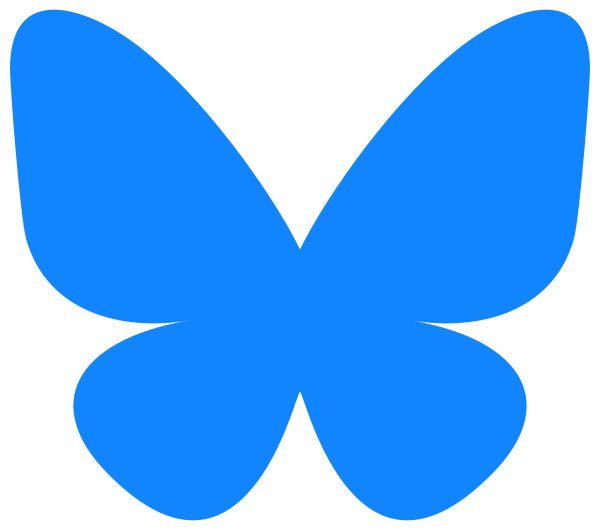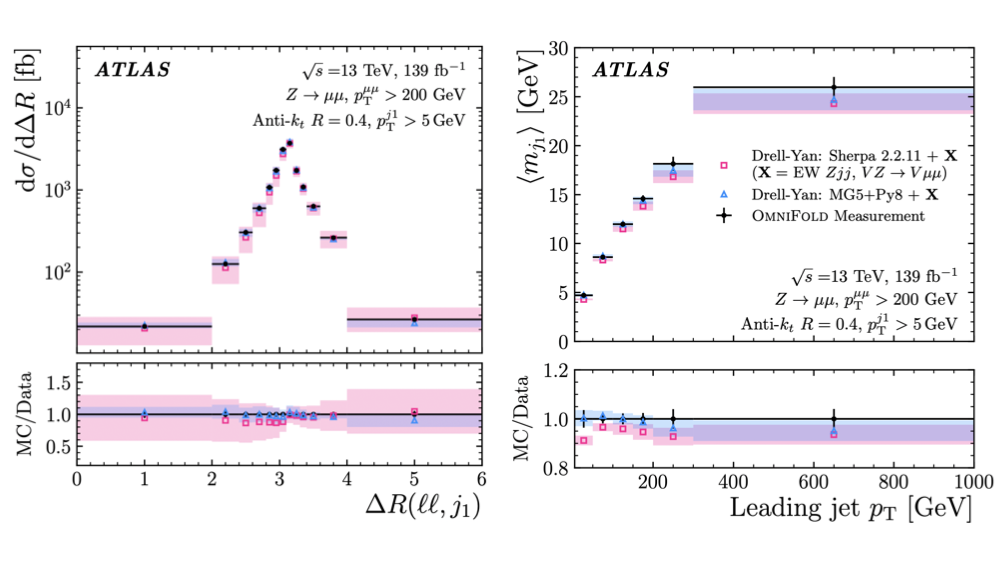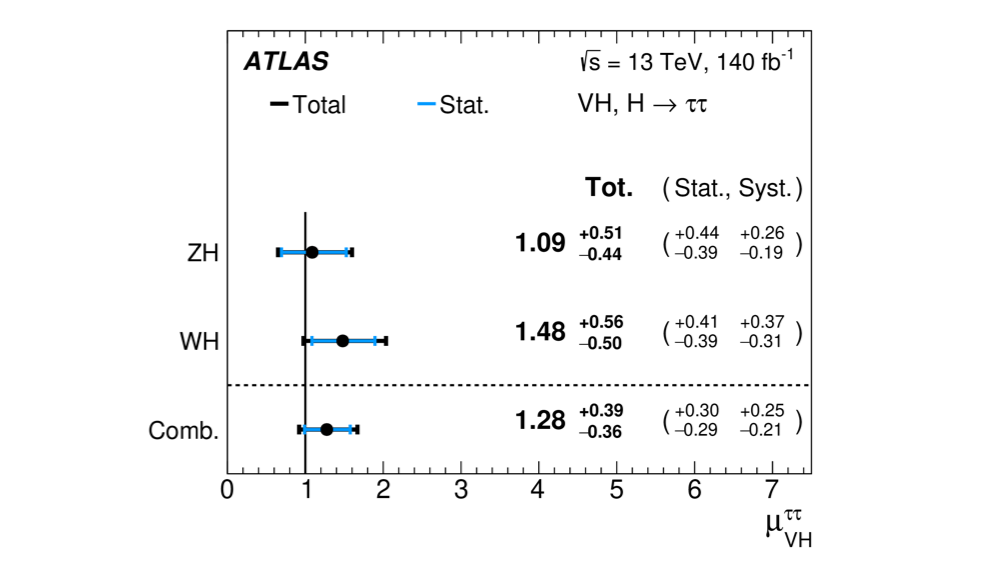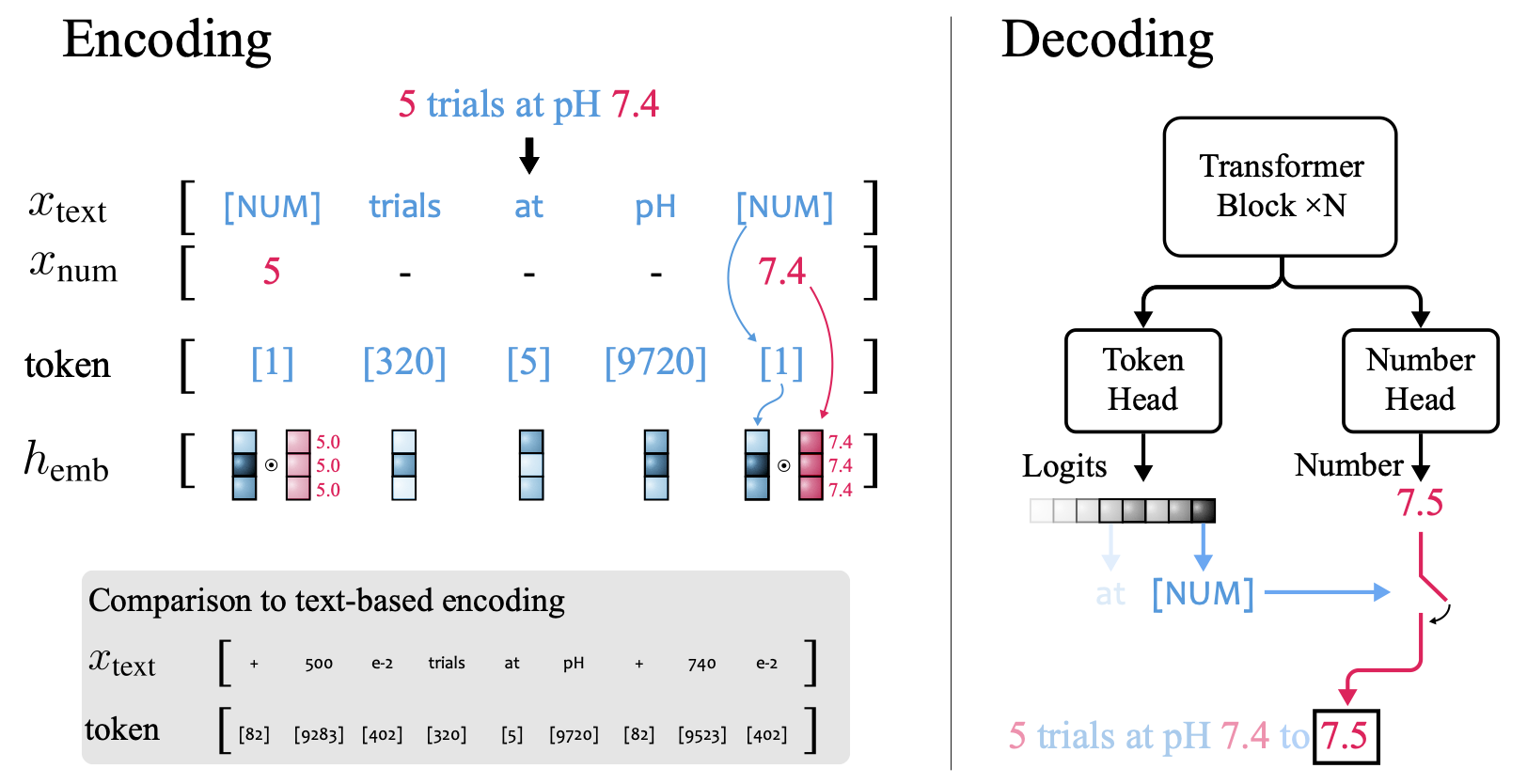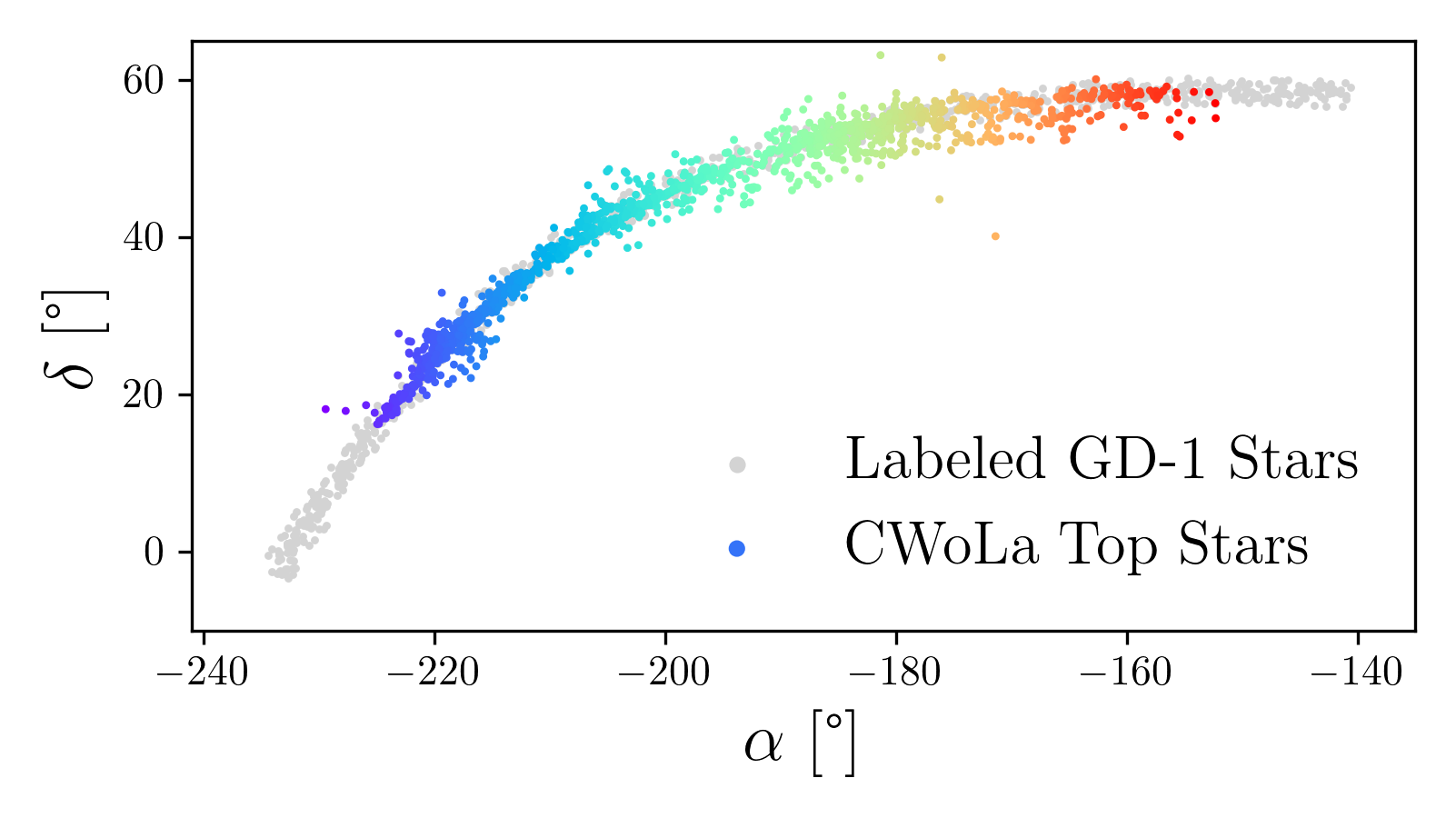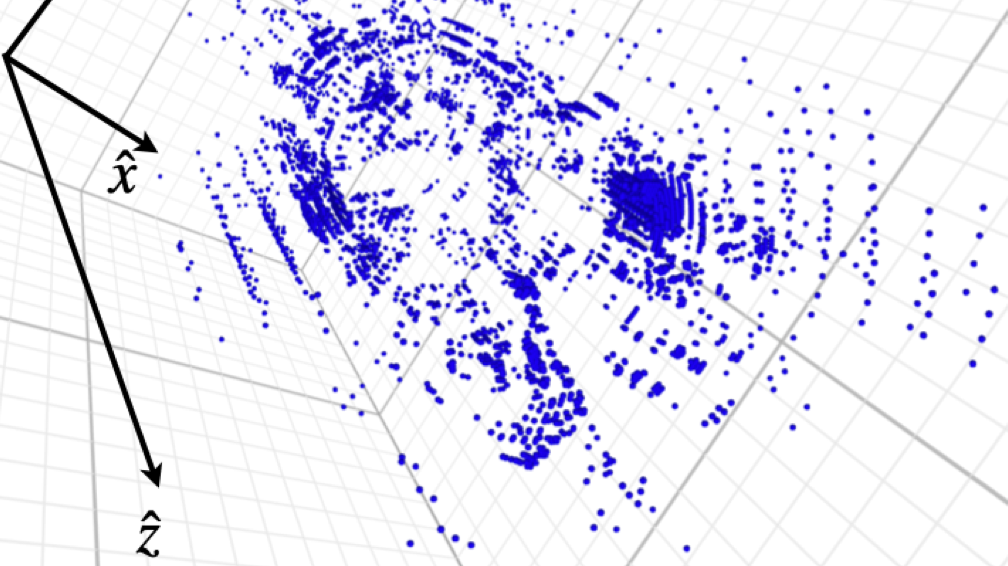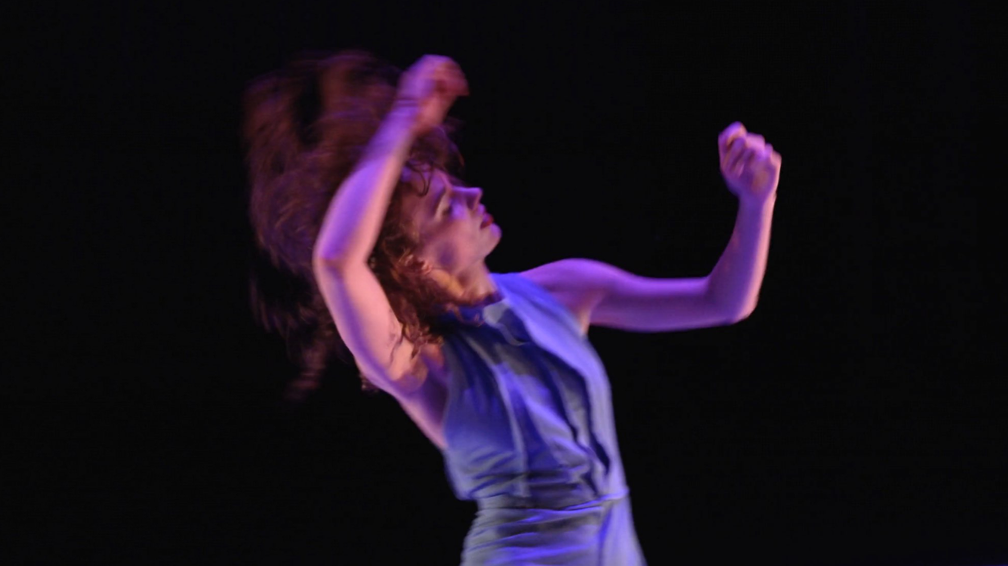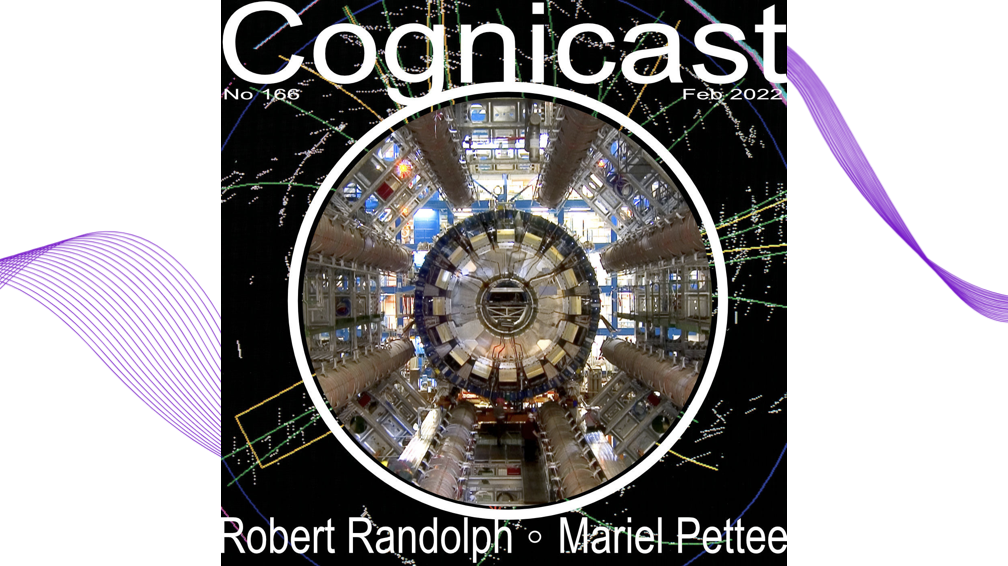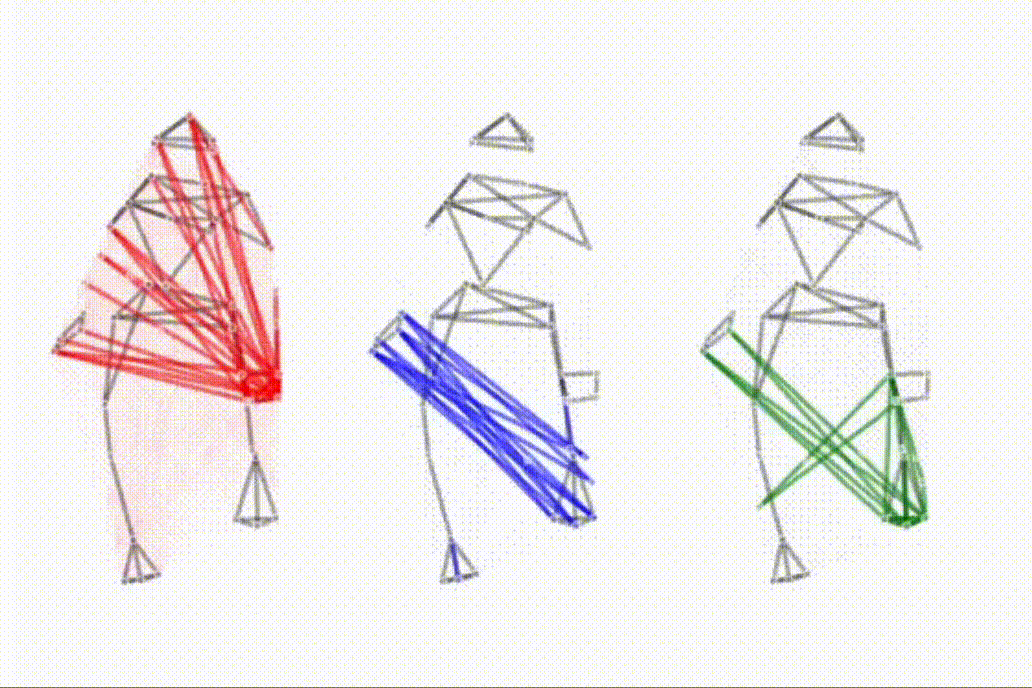I'm an Assistant Professor of Physics at the University of Wisconsin-Madison, where I lead a group of researchers designing new AI methods to enable discoveries in particle physics and astrophysics.
I'm also a performing artist engaged in contemporary dance and theater. I lead research teams generating choreography with AI models trained on my own movements and integrate these models within my artistic practice.
CV


